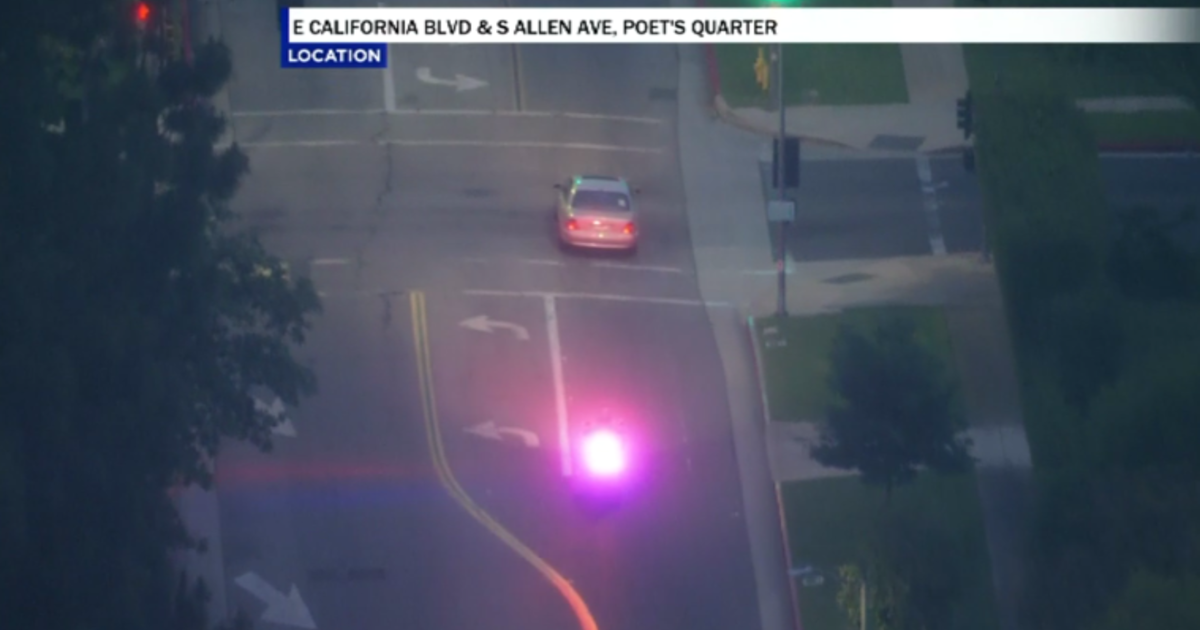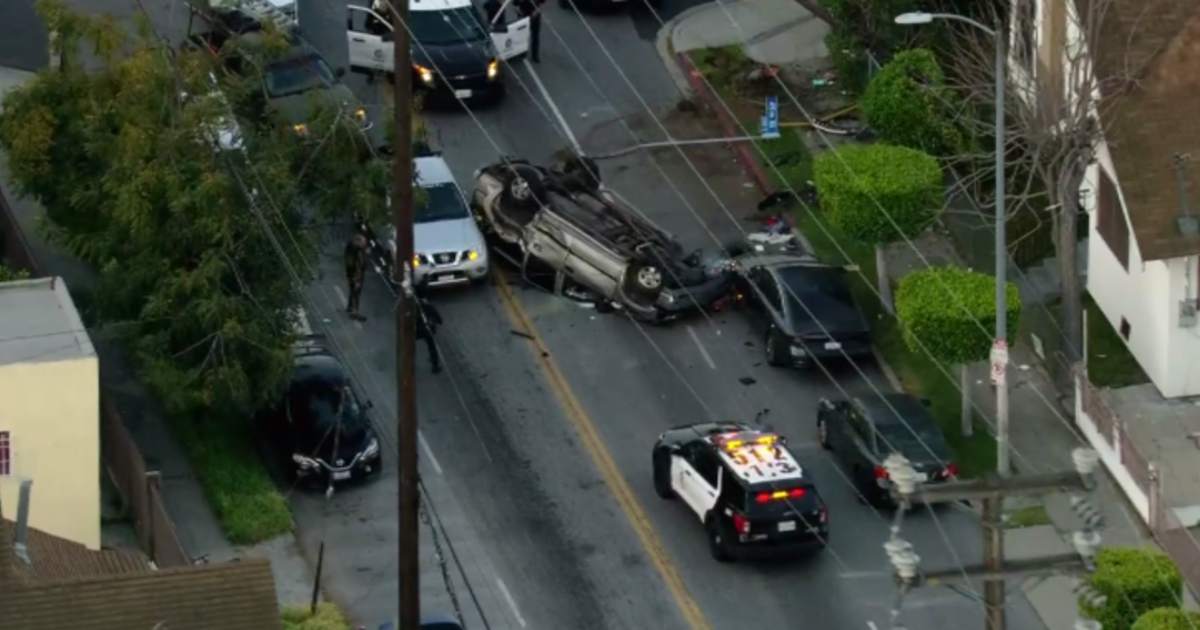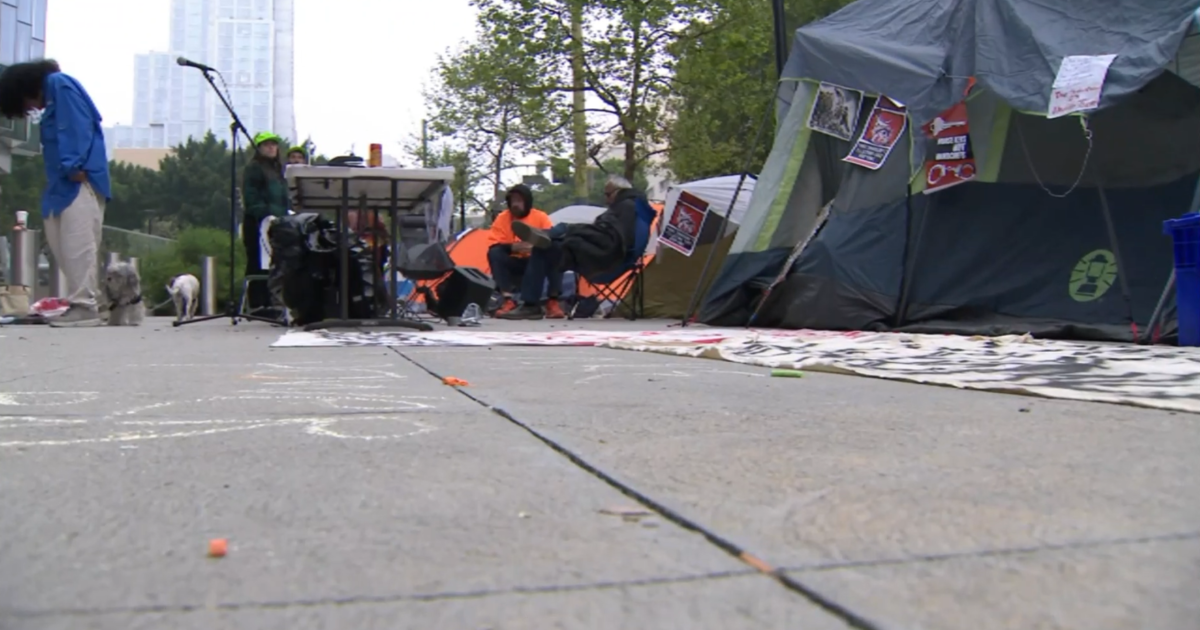Report: Brown To Propose Paying Down Debt
SACRAMENTO (AP) — Gov. Jerry Brown's budget for the coming fiscal year calls for an 8.5 percent increase in general fund spending coupled with a dedication to pay down the state's debt by more than $11 billion, according to a copy of the document obtained by a news outlet late Wednesday.
The Sacramento Bee reported that the budget has a $106.8 billion general fund, including $45.2 billion for K-12 schools. That's an increase of nearly $4 billion in education spending from the current fiscal year.
It says the 2014-15 spending plan also includes repaying $6 billion in payments that have been deferred to schools and $1.6 billion funneled into a rainy day fund.
The state's legislative analyst has forecast that California will have a $3.2 billion operating surplus by the end of the fiscal year, one that is expected to approach $10 billion within three years.
The governor's office said it did not provide the budget document to the Bee and would not provide any details to other news organizations. The Bee posted a copy of the 271-page budget summary to its website.
In his written summary, the Democratic governor notes that the end of the national recession and his voter-approved increases to the state sales tax and income taxes for high-earners helped end a cycle of deep budget deficits, which led to tens of billions of dollars in program cuts since 2008.
But he also urged caution among state lawmakers and a restrained approach to handling the budget surplus.
He said past borrowing, unfunded retirement liabilities, bond debt and deferred maintenance have left a "mountain of long-term liabilities" totaling hundreds of billions of dollars for California taxpayers.
"In the face of such liabilities, our current budget surplus is rather modest," the governor wrote in the document. "That is why wisdom and prudence should be the order of the day."
The budget document details $218 billion in unfunded public employee pension liabilities, including those for teachers, state government workers and judges, as well as retiree health care. It says the state has another $137 billion in debt, deferred maintenance and unissued bonds.
On the revenue side, it assumes about $4 billion in windfall capital gains tax revenue, driven largely by the soaring stock market. But it also acknowledges that such income is highly volatile and will be short-lived.
"The combination of the capital gains surge and the temporary Proposition 30 revenues should leave no doubt that the state's modest surplus must be carefully guarded," the budget document says.
Under Brown's tax increase, Proposition 30, the state sales tax hike will last four years and the higher income taxes on those making more than $250,000 a year will last seven years.
The $11 billion in debt-reduction includes $6 billion in payments that had been deferred to schools and nearly $4 billion to pay down the so-called economic recovery bonds left over from administration of Gov. Arnold Schwarzenegger.
Despite Brown's call for budgetary prudence, the 8.5 percent increase in general fund spending over the current fiscal year includes additional money for nearly every area of government except for the Department of Labor and Workforce Development and government operations.
In addition to the $3.9 billion boost for K-12 education, by far the largest part of the general fund, the University of California, California State University systems and California Community Colleges will receive a total of $1.1 billion. About half the money would go to the community college system, which is expected to grow rapidly in the next few years.
In its budget document, the administration said the extra higher education spending should be accompanied by reforms that improve student success and make the institutions run more efficiently.
The administration includes several proposals to help comply with a federal court order that requires the state to reduce prison overcrowding.
Its budget proposal assumes that the federal judges will grant a two-year extension from the current April 18 deadline, freeing $81 million that otherwise would be spent on housing inmates. It also proposes expanding California's existing medical parole program, creating a new parole program for elderly inmates and increasing early release credits for nonviolent, second-strike offenders.
The proposal would give counties $500 million for more jail space to help accommodate the influx of inmates under Brown's criminal justice realignment plan, which sends lower-level offenders to county jails instead of state prison. It calls for moving some long-term inmates back to state prisons and encourages counties to send more inmates to state-run firefighting camps.
Other spending in Brown's budget blueprint includes:
— $815 million for critical deferred maintenance in state parks, highways, local streets and roads, K-12 schools, community colleges, courts, prisons, state hospitals, and other state facilities.
— $850 million from proceeds in the cap-and-trade, greenhouse gas reduction program for a variety of environmental priorities. That includes $250 million for the high-speed rail project that Brown has championed. The document says the money dedicated toward environmental programs will modernize the state's railways, encourage sustainable development, reduce harmful air emissions and increase energy, water and agricultural efficiency.
— $619 million to expand water storage capacity, improve drinking water in communities where available supplies are substandard and increase food protection.
(© Copyright 2014 The Associated Press. All Rights Reserved. This material may not be published, broadcast, rewritten or redistributed.)



